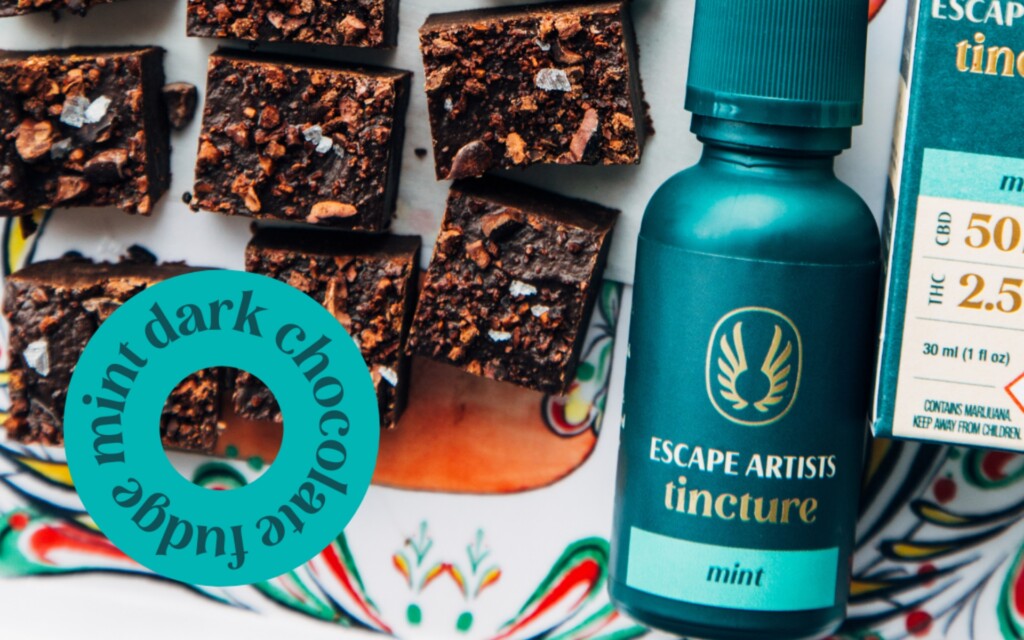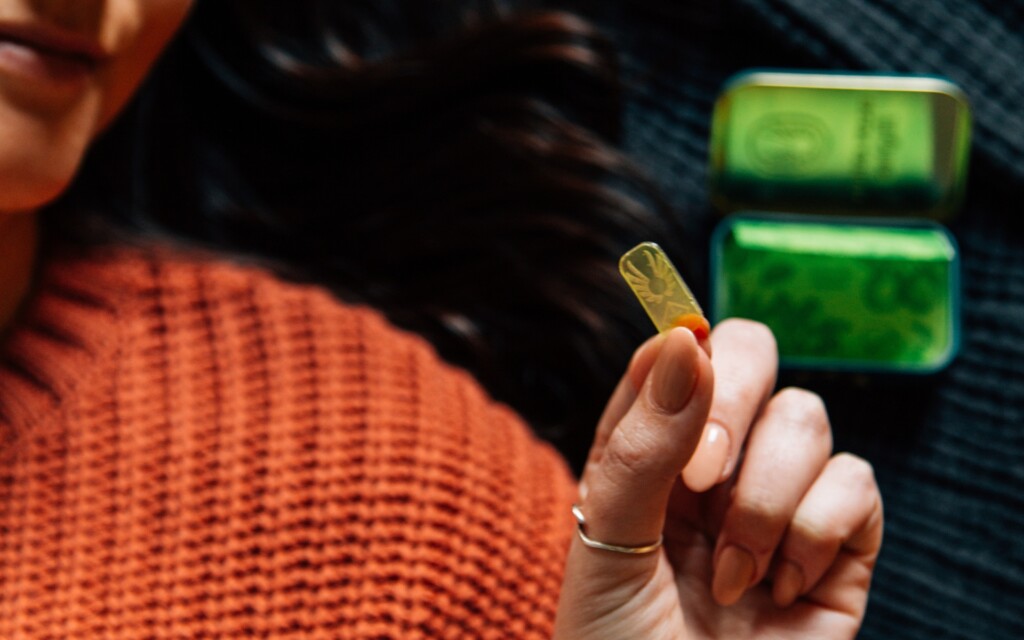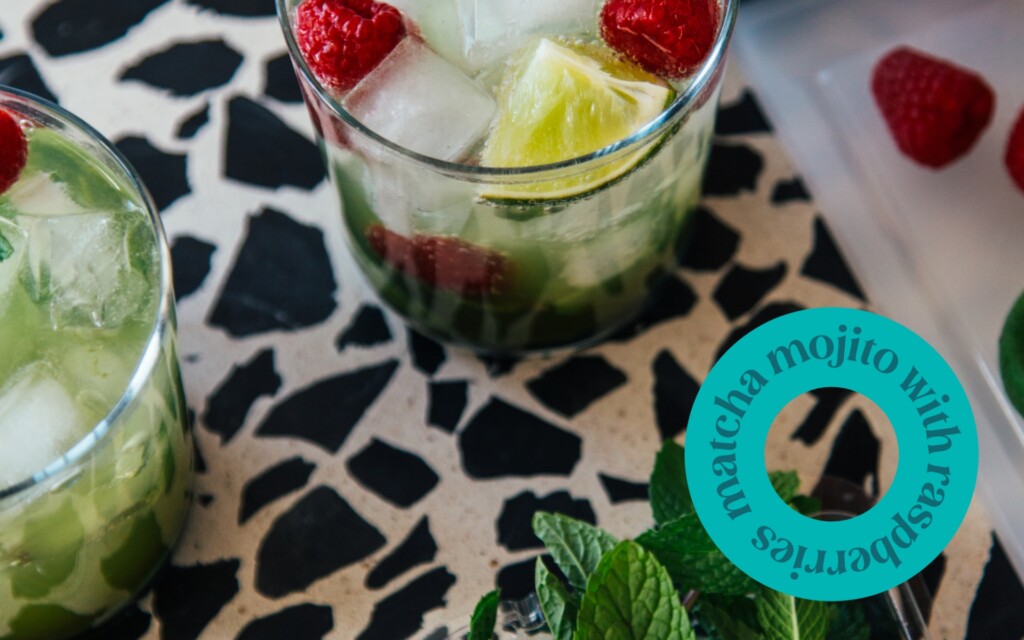Ever wondered about the powerhouse components nestled within the cannabis plant? There’s more to it than just THC and CBD. In fact, there are over 150 cannabinoids waiting to be discovered, each with its unique potential. Today, we’re diving into the spotlight to talk about one of these lesser-known heroes: CBG.
What Is Cannabigerol?
CBG, or cannabigerol, is hailed as the “mother of all cannabinoids.” Think of it as the fundamental building block from which other cannabinoids like CBD originate. This compound kickstarts the production line, leading to the creation of various cannabinoids within the cannabis plant.
Interestingly, young cannabis plants hold the highest concentrations of CBG. As the compound naturally transforms into other cannabinoids—like THC and CBD—as the plant matures. During the plant’s early stages, it’s rich in cannabigerolic acid (CBGA), the acidic precursor to CBG. As the plant develops, CBGA transforms into CBDA and THCA, which later convert into the more familiar CBD and THC when activated by heat.
CBG isn’t just found in one form; it’s available in a variety of products, such as tinctures, gummies, capsules, and topical creams. Experts often pair it with CBD (and THC) in these products, harnessing their combined potential to alleviate inflammation and pain. This is what we call the entourage effect.
Cannabigerol Compared to Other Cannabinoids
To better understand this minor cannabinoid, it helps to compare it to better-known cannabinoids, like THC and CBD.
CBG vs THC
Both THC (tetrahydrocannabinol) and CBG are cannabinoids found in cannabis, yet they differ notably in their effects and functions. THC is renowned for its psychoactive properties, delivering the well-known high associated with marijuana use. That is, except when used in topicals, which do not produce psychoactive effects.
Unlike THC, CBG doesn’t induce psychoactive effects, offering only potential therapeutic benefits. It is non-psychoactive even when smoked, and offers soothing effects in addition to its therapeutic properties (which we’ll dig into more below.)
CBG vs CBD
Cannabigerol and CBD (cannabidiol) share some commonalities as cannabinoids found in cannabis, yet they differ notably in their functions and effects on the body. CBG is the precursor to all other cannabinoids, including CBD. While both offer potential therapeutic benefits, cannabigerol is present in smaller quantities in mature cannabis plants, while CBD is more abundant.
One key distinction lies in their potential effects: CBG, like CBD, isn’t psychoactive. However, CBG has garnered attention for its potential health benefits, many of which have crossover with the same benefits as CBD.
Is Cannabigerol Legal?
Yes, CBG is generally legal in many places where cannabis is legal. However, the legality of CBG can vary based on its source and the laws governing cannabis products in different regions. In most cases, if it is derived from hemp plants containing less than 0.3% THC is considered legal in many parts of the United States.
When derived from marijuana, CBG is legal through licensed, regulated channels like dispensaries.
It’s essential to note that while CBG itself may be legal, the legal landscape surrounding cannabis and its derivatives is intricate and subject to change. Regulations can differ between states and countries, so it’s wise to check local laws and regulations regarding the legality of CBG products in a specific area before purchasing or using them.

Does CBG Get You High?
CBG is non-psychoactive. This means it doesn’t produce the intoxicating effects commonly linked to marijuana use. While THC interacts with the brain’s cannabinoid receptors to create a high sensation when smoked or ingested, CBG does not bind directly to these receptors in the same manner.
Therefore, using CBG is unlikely to induce any psychoactive effects, making it a more suitable option for individuals seeking the potential benefits of cannabinoids without experiencing a high. This is especially true when using CBG in a topical application.
Potential Benefits
CBG boasts an array of medicinal properties that rival traditional remedies. Let’s explore some of the potential benefits associated with CBG.
- Pain Relief: Similar to CBD, CBG is believed to aid in reducing inflammation and alleviating pain.
- Anxiety Relief: Similar to CBD, CBG demonstrates calming properties and may help promote a sense of relaxation..
- Antibacterial Properties: Recent research uncovered CBG’s ability to combat drug-resistant bacteria, particularly in staph infections.
- Skincare Benefits: With its rich antioxidant content, CBG fights free radicals and aids in reducing the signs of aging. Its antibacterial properties may also help combat acne and skin inflammation and counteract the inflammatory effects of UV exposure.
CBG’s potential benefits shine bright, with limited reported adverse effects. However, remember that studies are still new, and we have yet to make definitive claims for CBG in many human trials.

How to Use CBG
Those interested in trying CBG have plenty of options. You can smoke raw flower with high CBG content or consume edibles, tinctures, and other cannabis products highlighting higher concentrations of.
Just when you thought your favorite topical couldn’t get any better….we added CBG! For those living in Colorado, you can now try our newly enhanced Relief Cream featuring 800mg CBD, 400mg CBG, and 800mg THC—delivering our most potent formula yet! You can try it in Rose & Bergamot or Cedar & Black Pepper.




